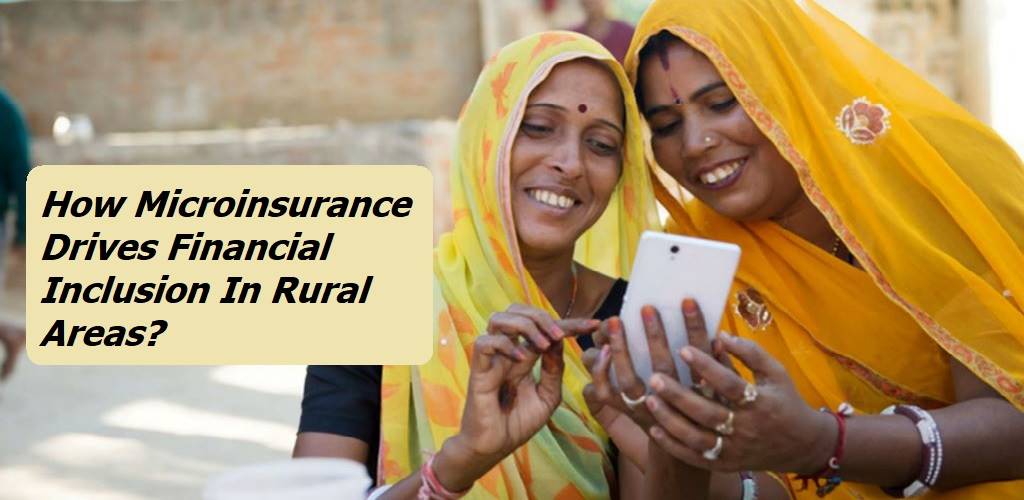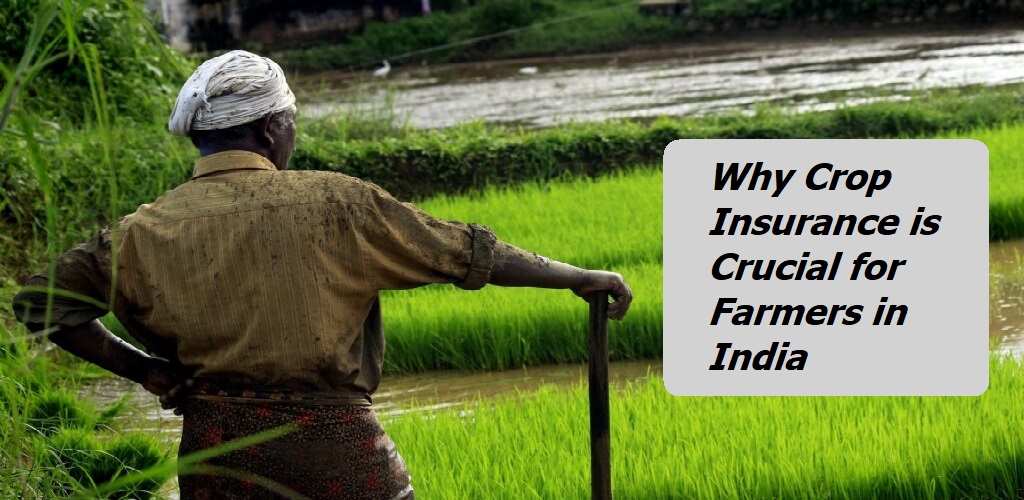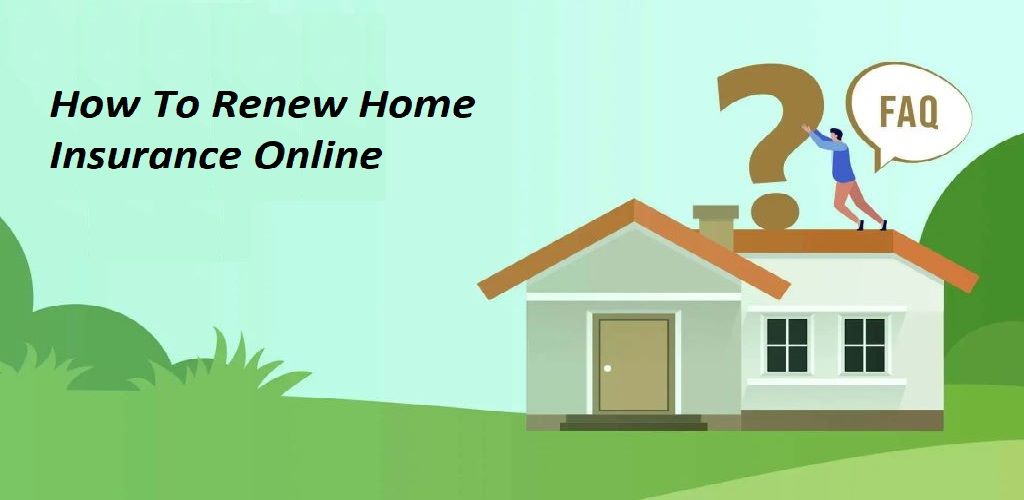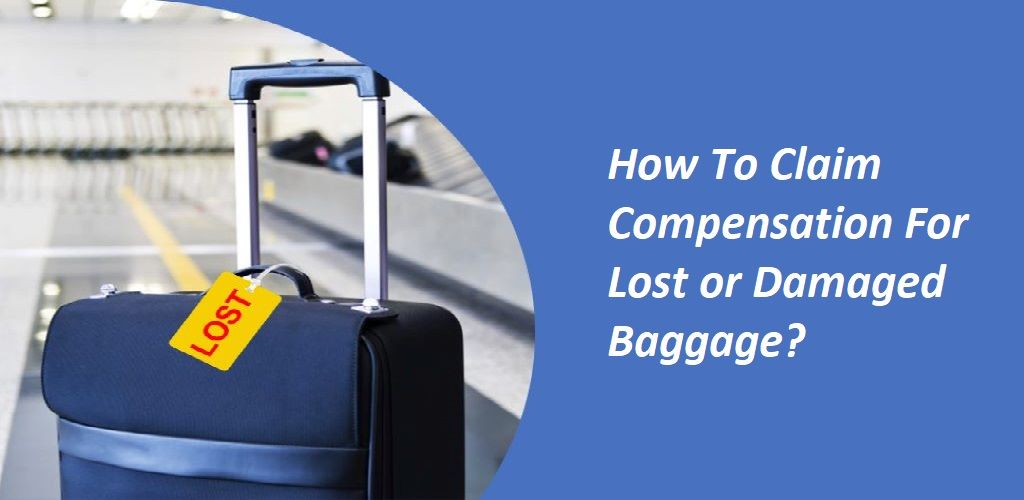Imagine waking up in a small village in India, where life moves slowly and resources are scarce. For many, securing even the basics—food, shelter, and clothing—is a daily challenge. Now, think about what happens when disaster strikes—a family member falls ill, a crop fails, or an unexpected accident happens. With little to no financial support, these hardships can quickly spiral into crises.
Lacking access to essential financial services like banking, insurance, and credit, millions remain vulnerable, trapped in a cycle of poverty. One such powerful tool is microinsurance—a financial safety net designed specifically for low-income individuals that may give them access to insurance at an affordable cost.
Microinsurance isn’t just a service; it’s a lifeline. It protects families from the sudden shocks that can devastate their lives. Furthermore, it helps marginalized communities gain the confidence and security to take charge of their futures. It’s a small step with a monumental impact, which may help to bridge the gap between financial exclusion and a more equitable society.
What is Microinsurance?
Microinsurance refers to a category of insurance products specifically tailored to meet the unique needs of low-income individuals or those with limited access to formal financial services. Unlike conventional insurance policies, which can often be costly and complex, microinsurance is designed to be affordable, simple, and accessible to people who live on the economic margins of society. It aims to offer protection against a wide range of risks that can severely impact the lives and livelihoods of these vulnerable populations.
The scope of microinsurance typically includes coverage for events that pose significant financial risks for low-income families. These can range from health-related issues, such as illnesses and diseases, to accidental injuries, deaths, or even natural disasters like floods, droughts, and earthquakes. For individuals living in poverty, even minor disruptions can lead to devastating consequences. Microinsurance provides a vital safety net to help them navigate these challenges without falling deeper into financial distress.
Importance of Microinsurance Policies
Microinsurance policies play a crucial role in supporting low-income individuals and families by offering them a way to manage risks and protect their financial stability. These policies are important for several reasons. First, they provide an accessible tool to help people reduce financial vulnerability during difficult times, such as illness, accidents, or natural disasters.
Second, the affordable premiums of microinsurance plans make them easier for people with limited incomes to access, ensuring that more individuals can benefit from organized and reliable financial protection.
Additionally, microinsurance helps policyholders by covering their financial liabilities, whether medical expenses, property damage, or income loss due to accidents or disasters, depending on the specific plan chosen.
What are the Different Types of Microinsurance?
Let’s take a look at them at the types of microinsurance.
General Microinsurance:
General Microinsurance provides coverage for a range of essential needs, including health insurance, personal accidents, and protection for assets such as livestock or property, like a family hut. These products are designed to safeguard both individuals and their livelihoods from unforeseen events and can be availed either individually or through group policies.
Life Microinsurance:
On the other hand, Life Microinsurance focuses on providing life insurance protection and can be offered in the form of Term Plans or Endowment Plans. These plans ensure financial security for the policyholder’s beneficiaries in the event of death, and they can also be bundled with accident benefits. Like general plans, Life Microinsurance can also extend to health-related coverage and can be purchased at both individual and group levels, which ensures that low-income populations have flexible options to secure their future against life’s uncertainties.
What are the Benefits of Microinsurance?
Here are the benefits of microinsurance in the rural sector.
- Financial Accessibility
One of the biggest benefits of microinsurance is its affordability. For many low-income individuals, traditional insurance options can feel unattainable due to high premiums. However, micro insurance plans can be taken out for a very small amount per month, depending on the coverage. This low-cost option opens the door to a financial security network that would otherwise remain out of reach for many. With microinsurance, families can finally secure the protection they need without straining their budgets.
- Protection Against Specific Risks
Microinsurance provides targeted coverage for a range of situations that can be financially devastating, such as illnesses, accidents, and natural disasters. For example, if a family member falls ill or if their crops are damaged by a flood, microinsurance can help mitigate the financial impact of these unexpected events. This coverage gives people peace of mind, knowing that they have a safety net in place to help them cope with life’s uncertainties.
- Easy Access and Use
Another key benefit of microinsurance is its user-friendly nature. The underwriting and claims processes are designed to be straightforward, making it easier for people to understand and navigate. This is particularly important for populations who may not be familiar with complicated insurance terminology or complex procedures. With a focus on simplicity, microinsurance empowers individuals to take control of their financial futures without being overwhelmed by technical jargon or bureaucracy.
What are the Major Challenges in Microinsurance Distribution?
Here is a list of the major challenges in the distribution of microinsurance in the rural sector.
- Small Ticket Size with High Costs
One of the primary challenges is the small ticket size of microinsurance policies. While these policies are designed to be affordable, they often come with high transaction and service delivery costs that can eat into the already thin profit margins. This imbalance can make it difficult for insurers to sustain their operations while providing quality service, ultimately impacting the affordability and accessibility of these products.
- Lack of an Attractive Business Model for Intermediaries
Another major challenge is the absence of a viable business model that attracts skilled intermediaries—agents and brokers who can help distribute microinsurance products. Many potential intermediaries may perceive microinsurance as unprofitable due to the low commissions associated with small policies, leading to a lack of representation in underserved markets. Without dedicated intermediaries, reaching low-income populations becomes significantly more challenging.
- Capacity Building of Intermediaries
Even when intermediaries are involved, there is often a need for capacity building to ensure they understand the unique aspects of microinsurance. Many agents may not have the training or resources needed to effectively communicate the benefits and workings of these products to potential customers. Investing in training programs can help improve their knowledge and skills, but it requires additional resources and commitment from insurers.
- Lack of Basic Awareness and Knowledge
Finally, a major barrier to microinsurance distribution is the general lack of awareness and understanding of insurance concepts among low-income populations. Many people may not know how insurance works or the benefits it can provide. This knowledge gap can lead to scepticism and reluctance to engage with insurance products. Efforts to educate communities about the importance of microinsurance and how it can protect them in times of crisis are essential for increasing uptake and building trust in these products.
Frequently Asked Questions
Listed below are the frequently asked questions related to the role of microinsurance in the rural sector.
Yes, some microinsurance policies can include a pension feature, which may allow policyholders to save for the future.
In certain situations, you may be eligible for a refund with a Microinsurance Term Insurance Policy. For instance, if the insured person dies by suicide within a year of buying the policy, the family might receive a refund.
Yes, you can get coverage for disability due to accidents through microinsurance products available in India.
Microinsurance was created to help low-income individuals access affordable insurance benefits, providing financial protection for vulnerable communities.
Microinsurance plans are designed to be low-cost, which means the sum assured (the amount paid out in a claim) is kept low. If the sum assured were higher, the premiums would also increase, making the plans less affordable and defeating their purpose.








